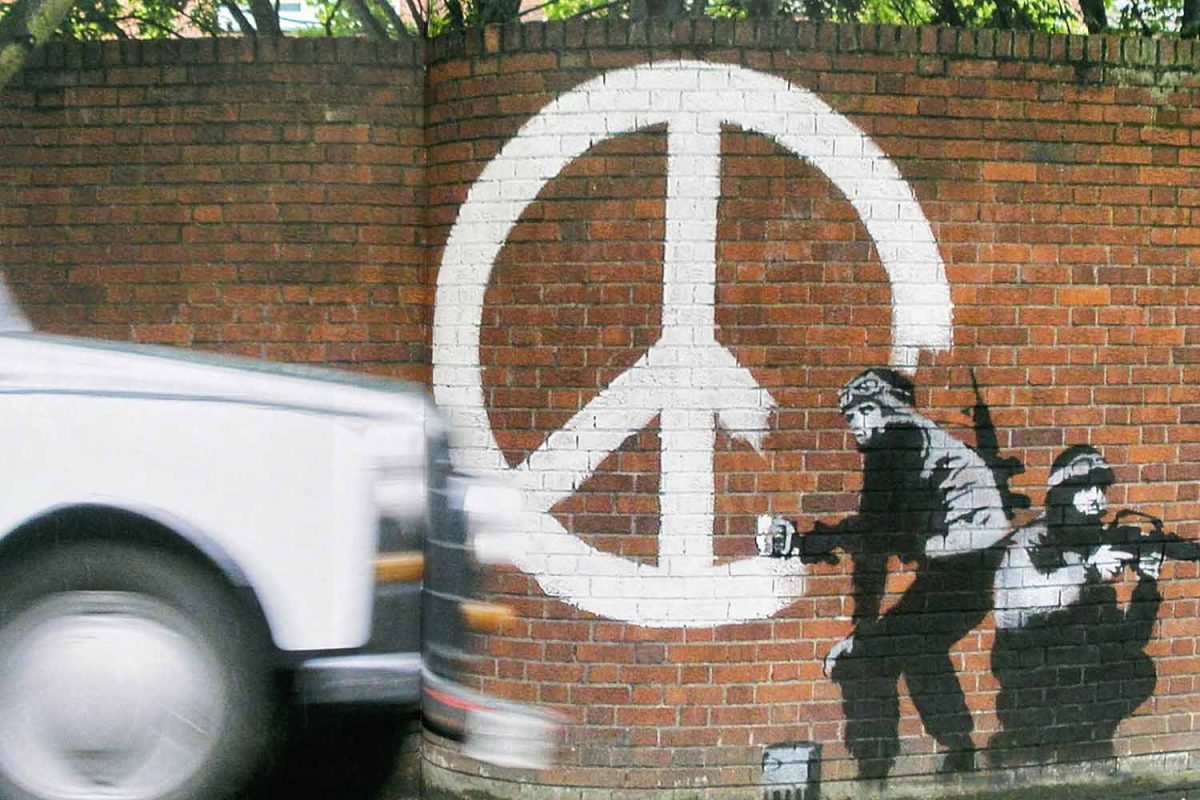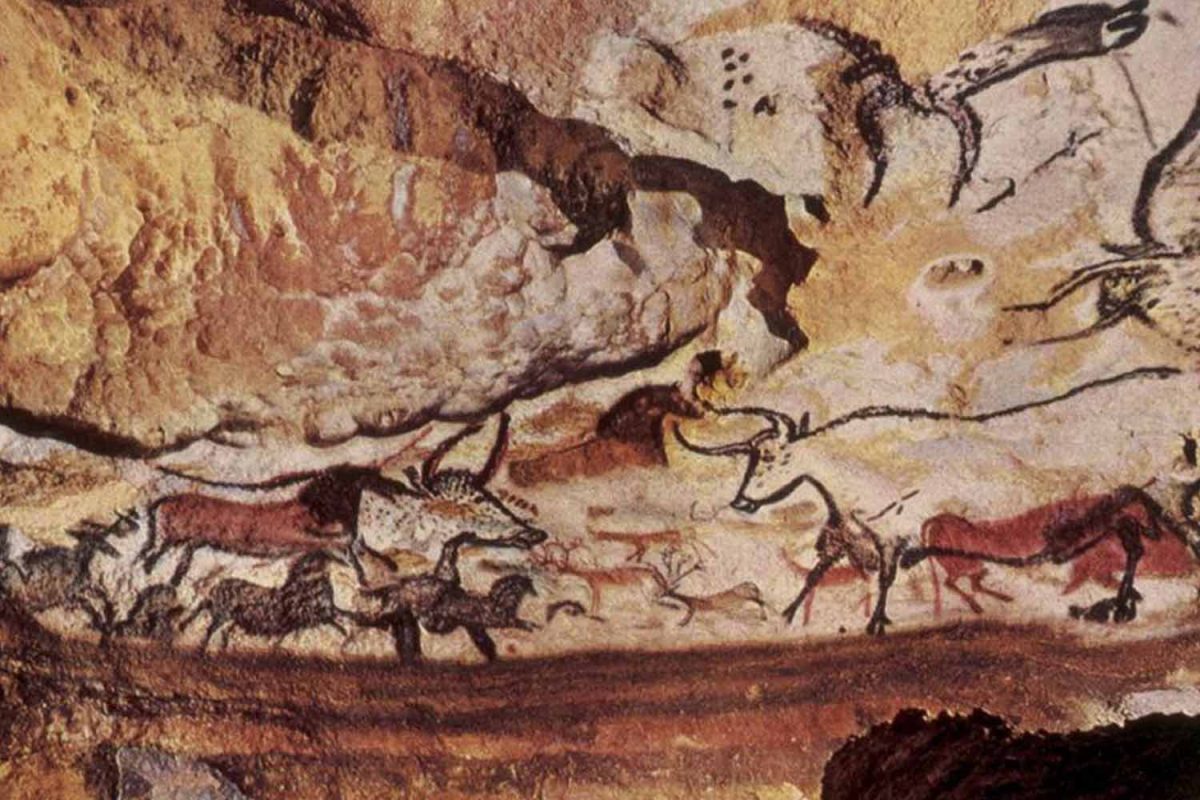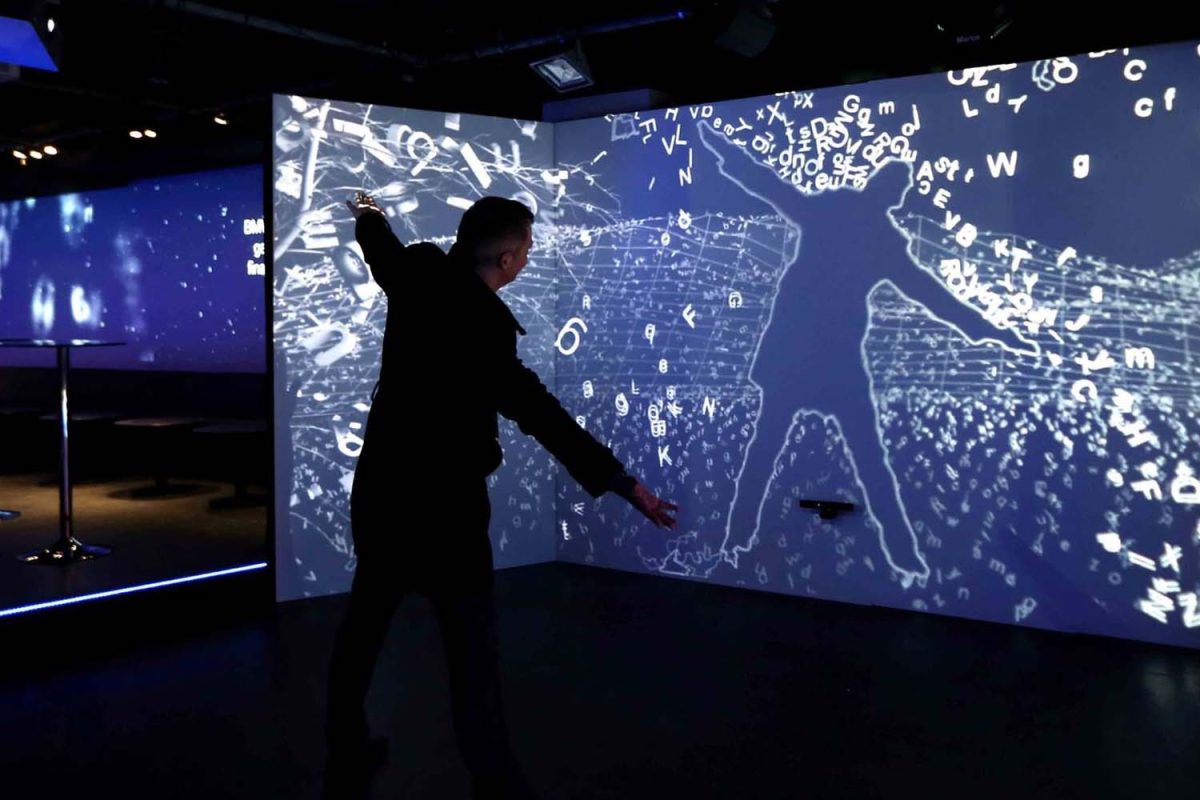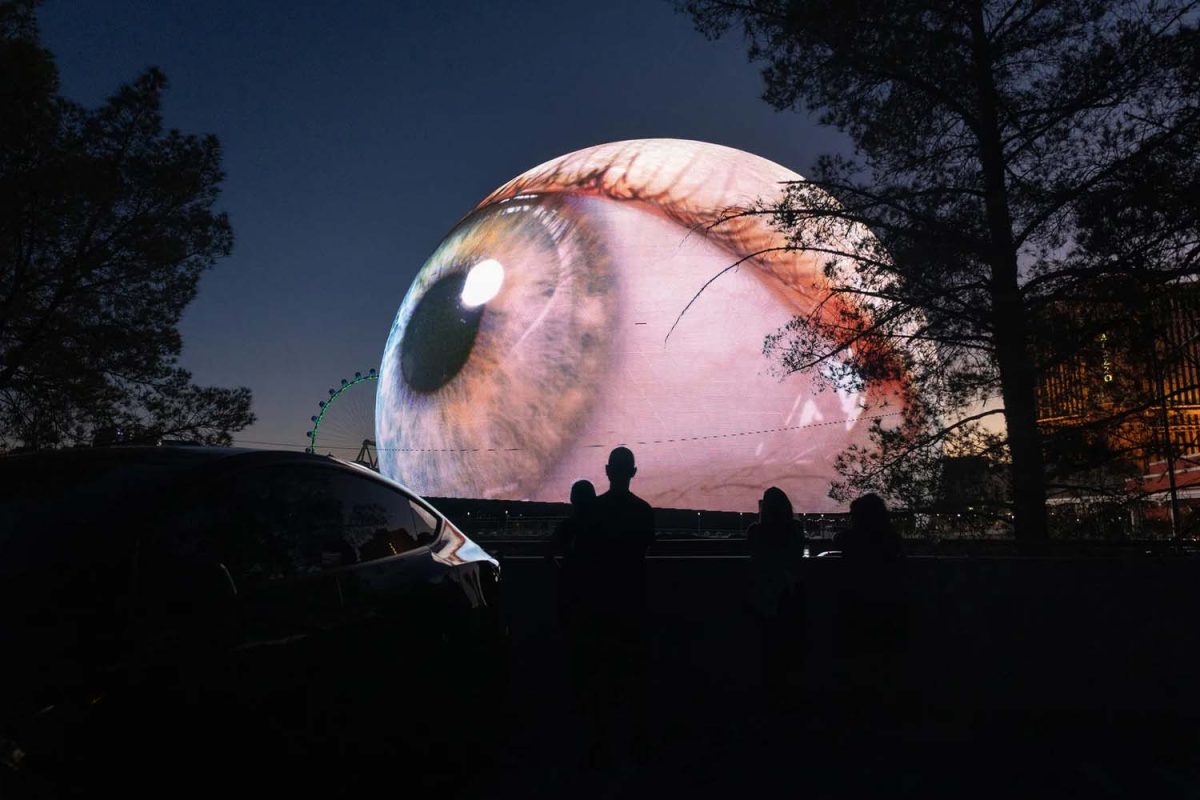

Mohsen Saraji / Creativity Manager and Futurist
Storytelling, one of the oldest forms of human communication, has been used since ancient times as a tool to convey messages, emotions, and cultures. In contemporary art, storytelling has emerged as an innovative and complex method for expressing concepts and narratives. Contemporary artists have pushed the boundaries of traditional narration, creating new visual and mental experiences.
One of the prominent features of storytelling in contemporary art is the use of multiple media to craft a narrative. Modern artists combine visual, auditory, video, textual, and even interactive art forms to convey intricate stories to their audiences. This approach allows the audience to engage with various layers of information, gaining a deeper understanding of the artwork and becoming immersed in its story.
In the contemporary art world, storytelling is also used as a tool to address social and cultural issues. Many contemporary artists utilize narratives to explore complex topics such as identity, migration, war, environmental crises, and human rights. Artworks on these subjects often tell personal and emotional stories that indirectly reference broader issues. This type of storytelling not only enhances understanding of social issues but also fosters empathy and solidarity between the audience and the topics presented.
Interactive art is another innovative form of storytelling that has gained popularity in contemporary art. In this type of art, the audience becomes part of the story and, through interaction with the artwork, creates a unique and personal experience. This method of narration not only allows the audience to experience the story from their perspective but also instills a sense of responsibility and emotional engagement.
Ultimately, storytelling in contemporary art goes beyond mere information delivery. It provides artists with the opportunity to create complex, multi-layered narratives that immerse the audience in multidimensional worlds and provoke reflection on various social, cultural, and individual issues. By leveraging storytelling, contemporary art not only offers fresh narratives about the world but also creates new ways to connect with the audience.


Interactive art is also one of the innovative methods of storytelling that has become increasingly popular in contemporary art. In this form of art, the audience becomes a part of the story and, through interaction with the artwork, creates a unique and personal experience. This approach to narration not only allows the audience to experience the story from their perspective but also fosters a greater sense of responsibility and emotional engagement.
Ultimately, storytelling in contemporary art goes beyond the mere transmission of information. It provides artists with the opportunity to craft complex, multilayered narratives that immerse the audience in multidimensional stories and prompt them to reflect on various social, cultural, and individual issues. By utilizing storytelling, contemporary art not only presents new narratives about the world but also creates novel ways to connect with the audience.

